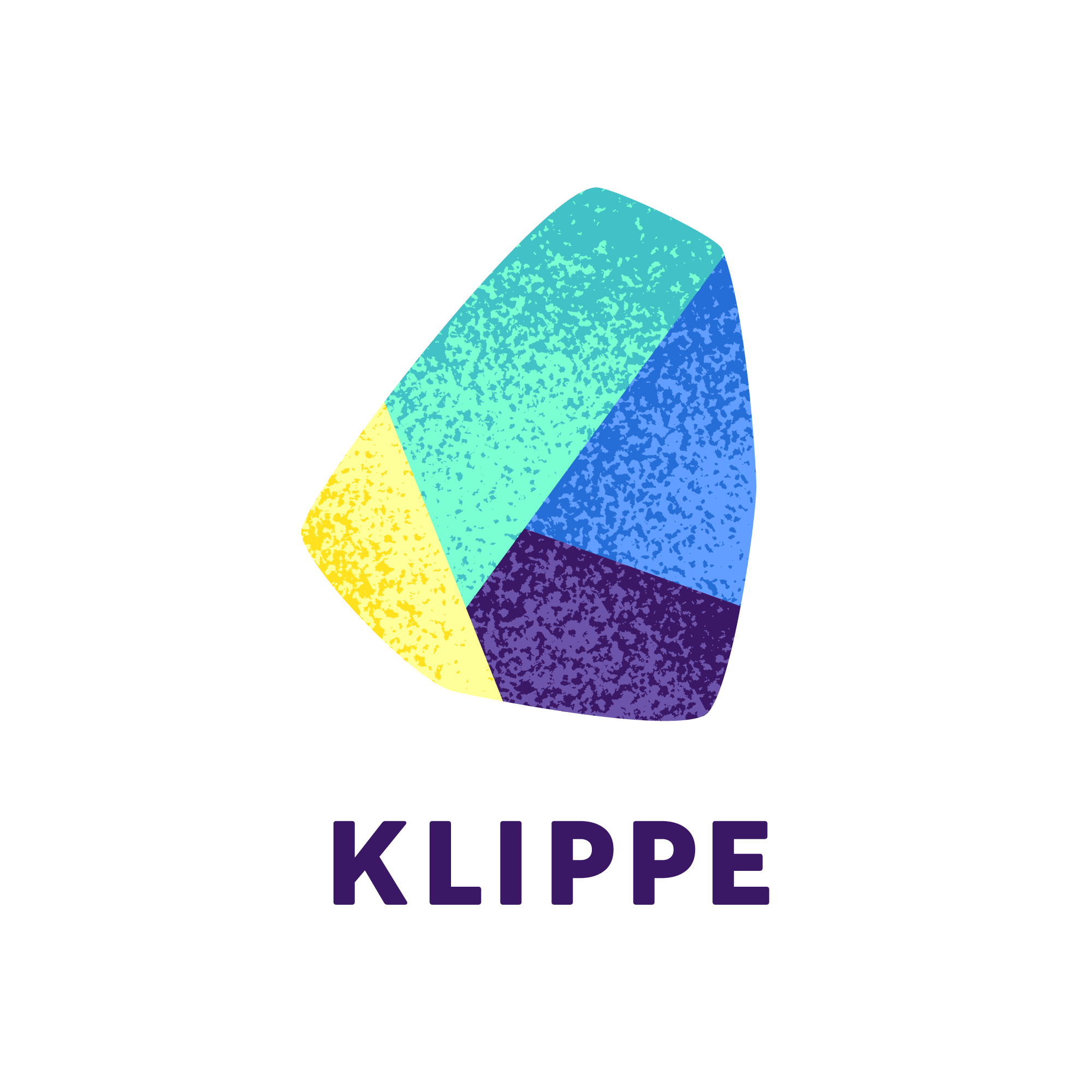Who makes a better teacher: the one who sticks to a rigid lesson plan every time, or the one who tunes in to their students’ needs, adapting and refining their approach with each lesson?
When it comes to selecting an e-learning platform, most folks focus solely on the surface-level features. However, the real power lies in the system’s ability to gather data, track progress, and generate insightful reports. But what kind of data does an e-learning system actually gather? What reporting features matter the most? And how do these reports drive improvements in the training process? Join us in this workshop as we unravel these important questions.
Collecting Data
In the old days of e-learning, progress checks were limited to occasional tests. But they usually came too late to spot learners struggling or parts of the course that needed fixing. Fast forward to today, and modern e-learning platforms are like data goldmines. Every click, quiz attempt, or module interaction gets logged and stored for analysis. Think of it as having a treasure trove of insights at your fingertips. You can sift through this data, spot trends, and connect the dots to understand how learners are engaging with the material or where they might be hitting roadblocks. It’s like having a crystal ball for understanding learning behaviour and improving course outcomes.

The Curriculum Development Process
Curious about the production of teaching materials? A product of our research, the five-cycle model, is based on alternating creative and research processes and continuous feedback.
Read more!Data for Effective E-learning
Efficiently processing data and drawing accurate conclusions are vital for organizations to take necessary corrective actions. This means constantly refining courses by enhancing content, incorporating interactive elements, adjusting presentation styles, or providing better examples. Without this continuous cycle of improvement, training programs won’t yield the desired outcomes.
Data analysis can unveil various insights, empowering you to refine courses in alignment with your learning objectives. For instance, detecting early signs of learner struggle allows proactive interventions, preventing more significant issues later on.
Moreover, data can reveal which course segments resonate most with individual learners, paving the way for personalized learning experiences.
Suppose a module’s allocated time falls short of students’ actual engagement. This signals potential comprehension issues or inadequate presentation, warranting revisions or supplements. Similarly, if data indicates widespread mobile usage among learners, optimizing courses for mobile devices becomes imperative.
High early dropout rates and low completion rates signal dissatisfaction among learners, highlighting the need for course adjustments. Addressing these issues helps participants find value and relevance in the training they receive.

Reporting in E-learning Systems
Reporting stands as a cornerstone function within e-learning systems, serving as the backbone for producing insightful reports. These reports encapsulate invaluable data and user behaviour insights gathered from the platform. With real-time reporting capabilities, monitoring the progress of individual learners, teams, or the entire organization becomes effortless.
In the daily utilization of an e-learning system, each user contributes a wealth of significant information, which feeds into reports either predefined or customly made by admins. These reports can include varying amounts of data, diverse arrangements of rows, columns, or graphical representations, helping decision-making across different levels of training management.
Reports help to monitor course completion rates, verify individual user training achievements, assess test results, analyse time spent, pinpoint challenging sections within tests or courses, and identify specific points where participants disengage. The potential applications are virtually limitless.

Choosing an E-learning System
When considering the best e-learning platform for your organization, prioritizing robust reporting and data analysis capabilities is paramount. Ensure these features are comprehensive yet efficient in generating reports promptly. Many e-learning systems leverage artificial intelligence, streamlining reporting, data analysis, and inference processes for quicker insights.
Simplicity is crucial when dealing with vast amounts of data. Accessibility and user-friendliness are essential for any team member to leverage the insights gleaned from reports and analytics effectively. If the tool proves overly complex or inefficient, it risks becoming a hindrance rather than an asset, potentially leading to misguided decisions.
The following are key considerations in most cases:
- System usage frequency
- Content type popularity
- Time spent per course/module and completion rates
- Course popularity and student engagement
- Test and survey result analysis needs
- Student feedback and grades analysis needs
Collect Useful Data!
For an e-learning program to thrive, it must be built upon a solid strategy that aligns with the organization’s objectives. A strategic, goal-driven approach enables more purposeful data analysis and streamlines training efforts.
Start by identifying the metrics crucial to your organization! Begin with aligning learning objectives to organizational goals, then select metrics accordingly. Collecting vast amounts of data without clear utility is counterproductive.

The Curriculum Development Process
Curious about the production of teaching materials? A product of our research, the five-cycle model, is based on alternating creative and research processes and continuous feedback.
Read more!Make Good Use of Collected Data!
It’s crucial to recognize that data alone holds little value. One of the most common pitfalls organizations face is gathering data but failing to utilize it effectively. Robust reporting is just an initial step – without proper analysis and actionable insights, direct actions are impossible, and data remains worthless.
To achieve training objectives, active engagement from trainees is essential. Seizing available opportunities includes interacting with training materials, actively participating through comments, sharing experiences, and responding to open-ended questions.
When interpreting results, also consider the broader context. Low engagement might stem from factors like time constraints, which could be team-specific or influenced by seasonal variations, such as during busy holiday periods.
Automatically generated reports and user-friendly interfaces displaying key metrics can greatly aid training managers in enhancing learner satisfaction and training efficacy. However, this necessitates thorough data processing and drawing accurate conclusions from the collected data.
You Need Help?
If you’re considering utilizing learning data, but unsure if it’s the right move, reach out to us for guidance. Whether you’re constrained by resources or uncertain about the benefits, our expertise can help you navigate the best solution. Partnering with experts can save you significant time and costs in the long run!
If you found this article useful, follow us on Facebook or LinkedIn, to keep up with the latest articles!
Details below will help you contact us via form, phone or e-mail. ⬇️
Who Are We?
We are digital education experts and software developers, following trends and offering innovative solutions in our learning materials and systems. We have been providing digital training, creating complex e-learning materials and implementing systems for X years.
Klippe Learning’s team will create the digital teaching and learning solution you’ve been dreaming of – or we’ll dream it for you if you don’t know exactly what you need. Custom content, creative and motivating methods, a platform tailored to you.
How Can You Reach Us?
To find out more about our bespoke learning materials, e-learning systems, training courses or to request a quote, please contact us:
 contact us via the form on the right!
contact us via the form on the right!
 or call us:
or call us:
 or send an email:
or send an email:



